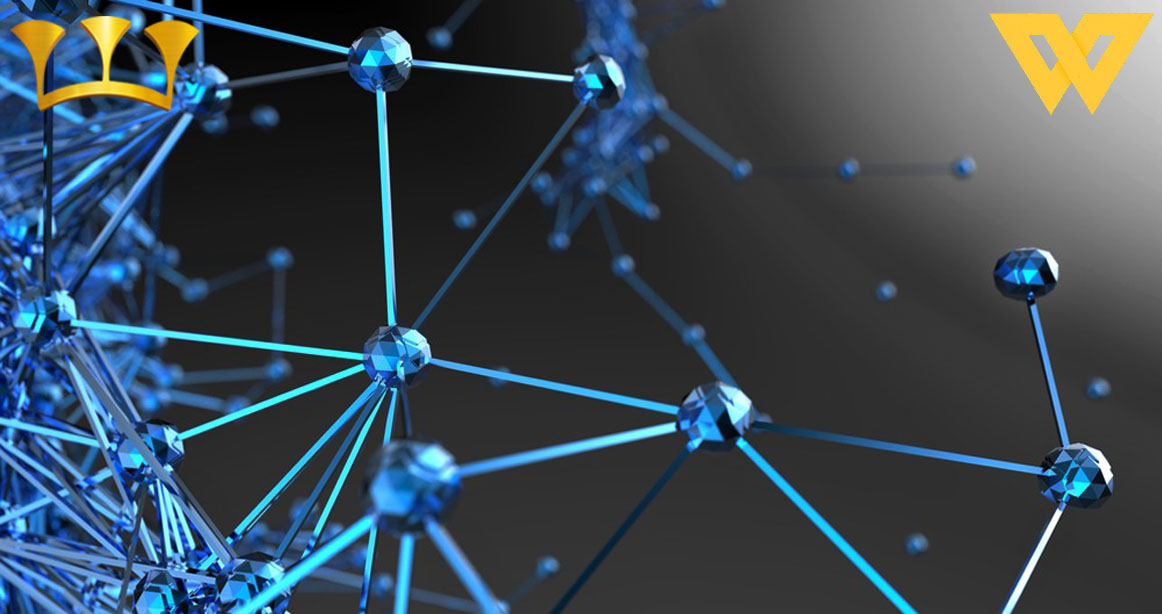As a distributed ledger, blockchain can manage almost any type of transaction in existence. This is the primary reason behind its rapidly growing popularity and power.
The blockchain is designed specifically to accelerate and simplify the process of how transactions are recorded. This means that any type of asset can be transparently transacted using this completely decentralized system.
The key difference here is the fact that there’s no involvement from intermediaries like the government, banks, or even technology companies. Instead, it’s a massive collaboration with some great code which significantly reduces settlement and clearing times to a matter of seconds.
This technology is so disruptive that it can really revolutionize how governments and companies’ function. But there are still a lot of hurdles to overcome like security, interoperability (as there will probably be multiple blockchains), and regulation.
But you can bet that this technology is here to stay as some of the big guns like IBM and Microsoft have got involved with Blockchain as a Service (BaaS). Furthermore, many entities like EEA, Cisco, and MadHive have joined the open source standards organization.
So where does ML come into play?
ML can be described as software that changes when it learns from new information. As the software is self-adaptive, it’s not necessary to add new rules manually.
A great example of how this works is spam detection where the software continuously improves its own ability to identify junk emails over time. It does this by studying the construction of algorithms to learn and make predictions on the data.
When Artificial Intelligence (AI) and blockchain converge, the latter can benefit from AI’s ability to accelerate the analysis of an enormous amount of data. In fact, putting the two together can potentially create a totally new paradigm.
By using ML and AI to govern the chain, there’s also an opportunity to significantly enhance security. Further, as ML loves to work with a lot of data, it creates an opportunity to build better models by taking advantage of the decentralized nature of blockchains (that encourage data sharing).
Sometimes when all the data from silos converge, you might end up with a qualitatively new data set that’s also a better data set. As a result, it will lead to the creation of a qualitatively new model where you can derive new insights which, in turn, can provide new opportunities for building cutting-edge next-gen business applications.
This can be a game changer for the finance and insurance industries as it could be used as a tool to identify fraud. It can also benefit other industries far beyond finance and insurance because of a shared ledger system with two patterns of ML use cases:
- Model chains that address the whole chain or a segment;
- Silo ML and predictive models to address a specific segment of the chain.
The predictive model or silo ML isn’t any different from what we currently do with available data. However, model chains are far more complex and should be able to quickly learn and adapt given the chain dependence.
"AI is the new black and it’s not going away any time soon, it’s just getting started."
While Gartner talks about the economic value derived from AI, from a sociological perspective it will be a great as how the web has transformed how we relate to digital; AI is the new black because it will be so ubiquitous in how we live, learn, work and play.

